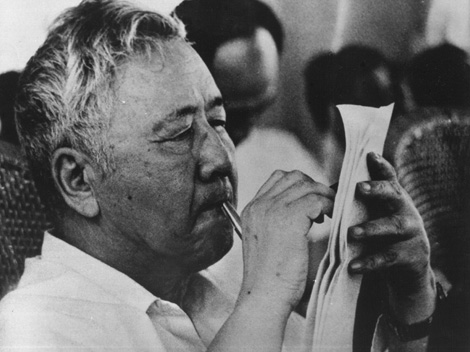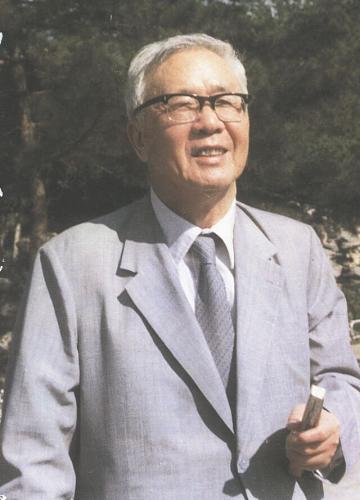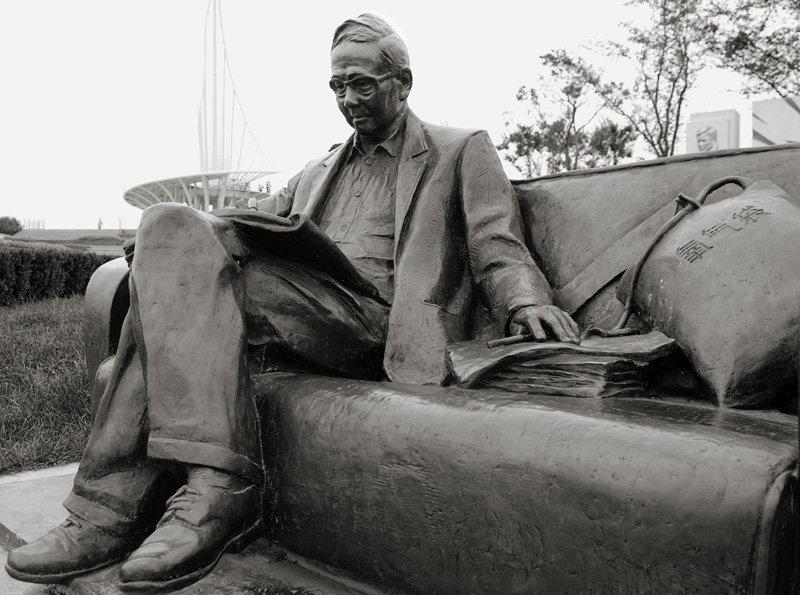<Back to Index>
- Mathematician Hua Luogeng, 1910
- Composer Carlo Pedrotti, 1817
- Chief of the Prussian General Staff Gerhard Johann David Waitz von Scharnhorst, 1755
PAGE SPONSOR


Hua Luogeng (simplified Chinese: 华罗庚; traditional Chinese: 華羅庚; 12 November 1910 – 12 June 1985) was a Chinese mathematician born in Jintan, Jiangsu. He was the founder and pioneer of many fields in mathematical research. He wrote more than 200 papers and monographs, many of which became classics. Since his sudden death while delivering a lecture at the University of Tokyo, Japan, many mathematics secondary education programs have been named after him. His book on additive prime number theory influenced many subsequent number theorists in China, including the renowned Chen Jingrun who obtained the best result so far towards the binary Goldbach conjecture. Hua also made contributions to the development of college education in China. He was the first Chair of the Department of Mathematics and Vice President of University of Science & Technology of China (USTC), a new type of Chinese university established by the Chinese Academy of Sciences (CAS) in 1958, which was aimed at fostering skilled researchers necessary for the economic development, defense and education in science and technology.
Hua's father was a small businessman. Hua met a capable math teacher in middle school who recognized his talent early and encouraged him to read advanced texts. Hua was partially paralyzed in his late teenage years, due to mistreatment of a prolonged illness during which he stayed in bed for half a year. His first significant result was concerned with a paper written by Dr. Su Jiaju who claimed to have a closed form radical solution of the quintics. Hua studied Abel's original paper on the unsolvability of quintics and found a miscalculation in a 13×13 matrix in Su's paper. Henceforth Hua published his rebuttal in an influential mathematics journal in China, which was noticed by some professors at Tsinghua University, especially Dr. Xiong Qinglai.
Hua
did not receive a formal university education. Although awarded several
honorary PhDs, he never got a formal degree from any university. In
fact, his formal education only consisted of six years of primary
school and three years of middle school.

